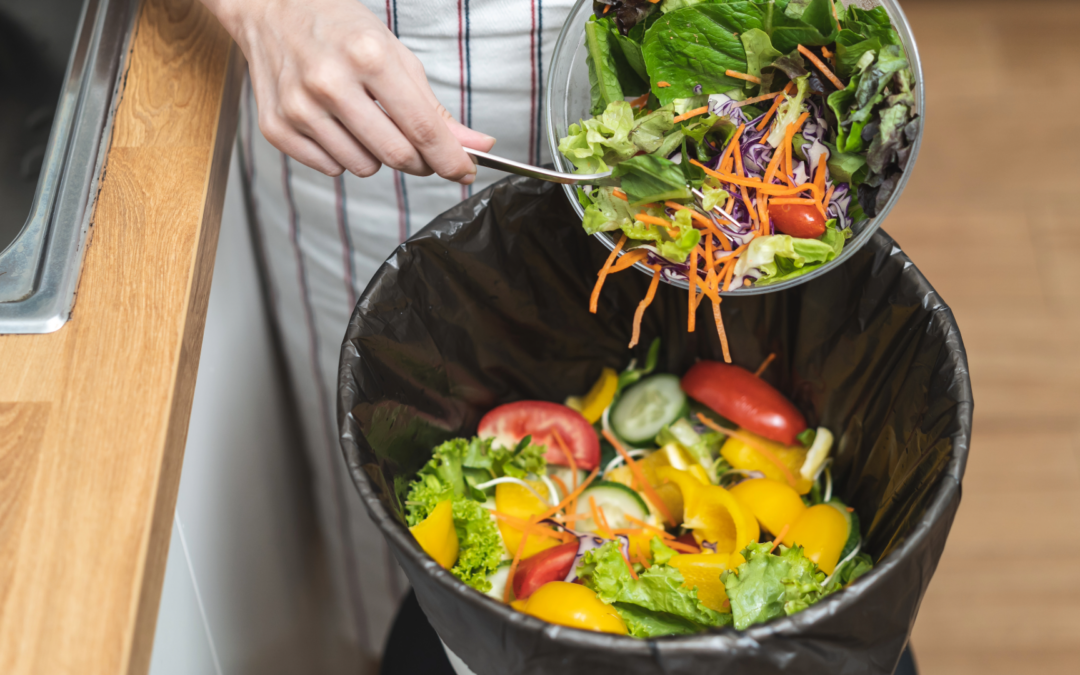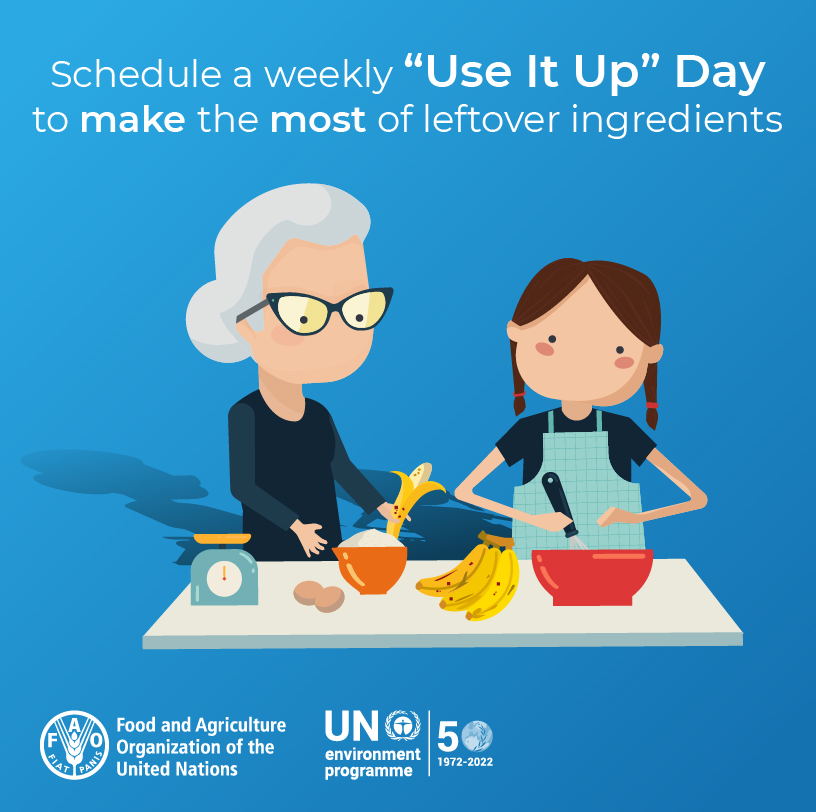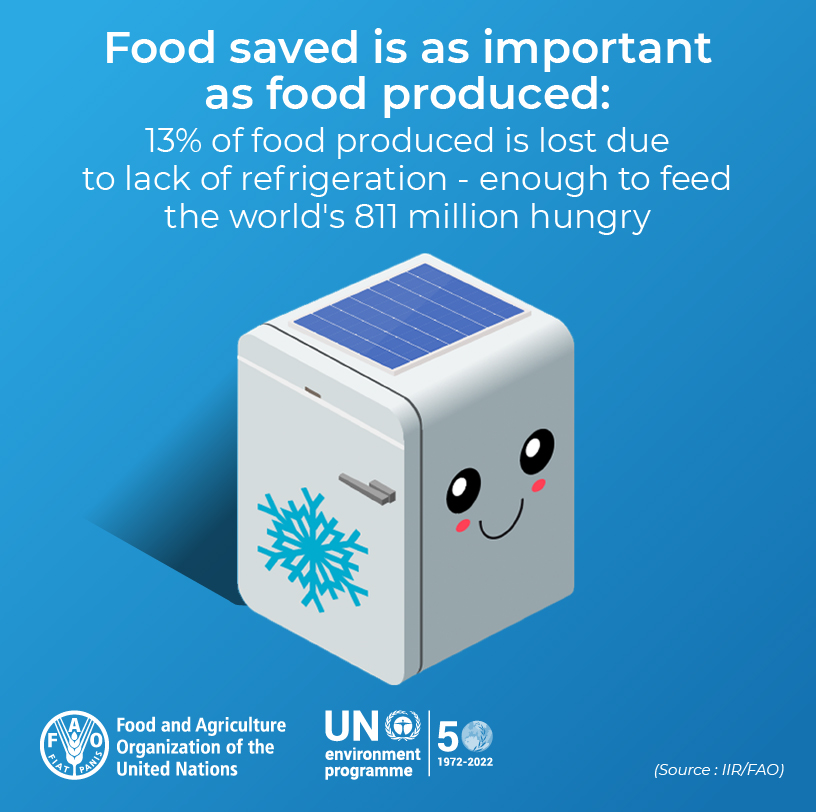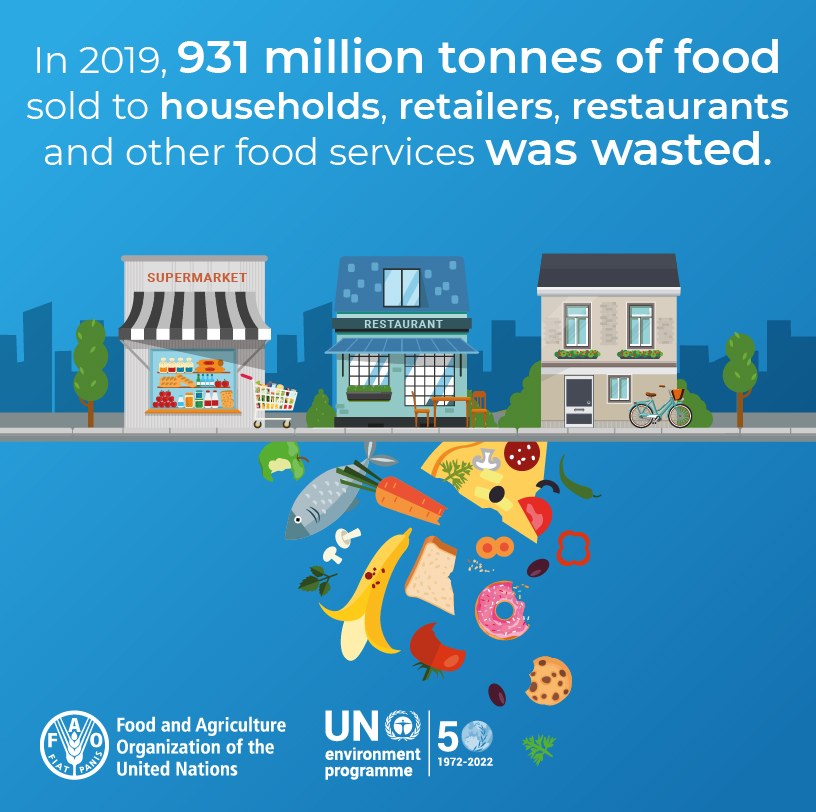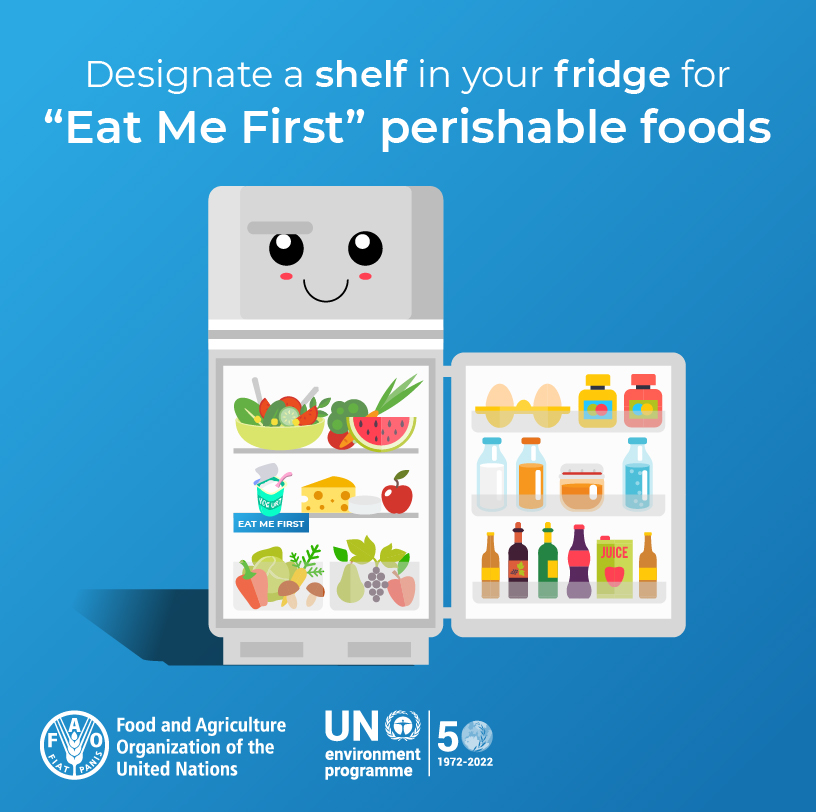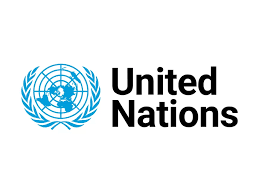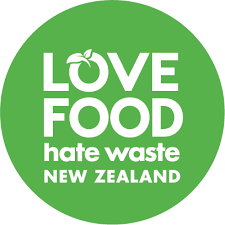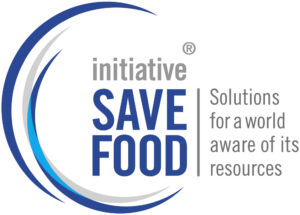The Hidden Cost of Wasted Food
When you think about food waste, you might imagine that leftover pizza from last night’s dinner or the spoiled veggies hiding in the back of your fridge. But food waste is a much bigger issue—it’s a global challenge. According to the United Nations, around 14% of the world’s food is lost between harvest and retail, and about 17% is wasted at the consumer level.
The International Day of Awareness of Food Loss and Waste (IDAFLW), held annually on September 29th, aims to shed light on this issue. Established by the UN, this day encourages individuals, businesses, and governments worldwide to rethink their food habits and reduce waste. But why does food loss and waste matter so much? Let’s dig in!
The Global Impact of Food Loss and Waste
Environmental Consequences
Food waste isn’t just bad for your wallet; it has a massive impact on our environment. Imagine all the resources—water, energy, labour, and fertilisers—used to produce food. When we throw that food away, those resources are wasted too. Plus, as food rots in landfills, it releases methane—a greenhouse gas much more potent than carbon dioxide.

Water Waste
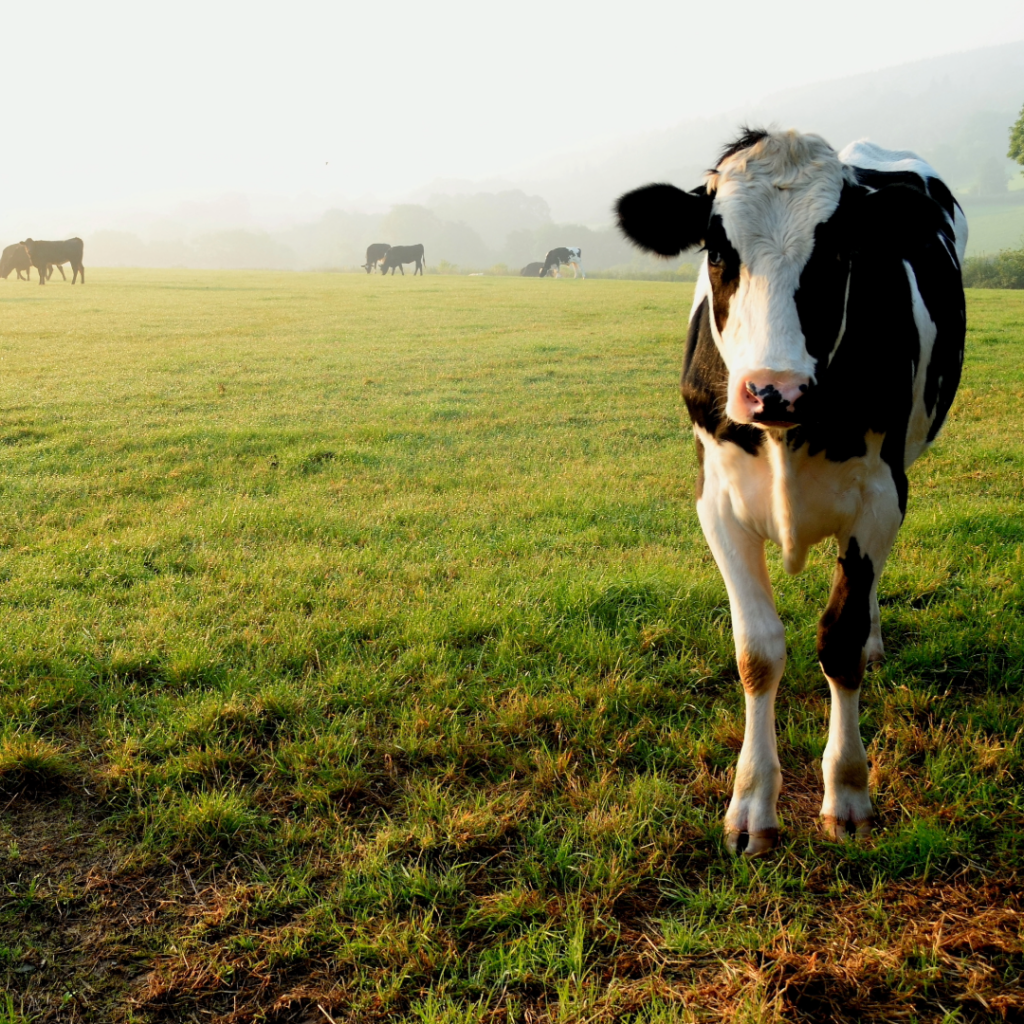
Did you know that producing one pound of beef requires approximately 1,800 gallons of water? Now imagine the amount of water wasted when meat is tossed out.

Greenhouse Gas Emissions

If food waste were a country, it would be the third-largest emitter of greenhouse gases, right behind the U.S. and China.
Reducing food waste can dramatically cut down on pollution and help slow down climate change. Simply put, it’s one of the most effective ways individuals can contribute to a healthier planet.
Economic Impact
Wasting food is like throwing money in the trash—literally. It’s estimated that food loss and waste cost the global economy over $1 trillion each year. This impacts farmers, manufacturers, retailers, and consumers alike. By cutting down on waste, both households and businesses can save money while also becoming more efficient.
But there’s an even broader economic implication—when food is wasted, it drives up prices, making it harder for vulnerable populations to access affordable food.
Social and Food Security Issues
As food waste piles up in some parts of the world, many people in other regions struggle to get enough to eat. Nearly 690 million people worldwide suffer from hunger, while an estimated 3 billion cannot afford a healthy diet. Reducing food loss and waste could help redistribute food resources more effectively, alleviating hunger and promoting global food security.
By cutting down on food loss during production and distribution, and reducing waste at the consumer level, we can help create a more sustainable and equitable food system.
Simple Ways to Cut Down on Food Waste
Reducing food waste may sound like a daunting task, but there are several simple steps we can all take to make a difference.
Global Initiatives Addressing Food Loss and Waste
While individuals can do a lot to cut down on food waste, businesses and governments are also stepping up to the plate. Several global initiatives aim to address the issue on a broader scale.
The UN’s Sustainable Development Goal 12.3 focuses on halving global food waste at retail and consumer levels by 2030 and reducing food losses during production and supply chains.
Love Food Hate Waste Campaign: This initiative provides practical advice for consumers and businesses to reduce food waste. Their website is packed with tips, recipes, and waste-reduction ideas. You can also order your free “Eat me first” stickers to help you reduce waste.
The Save Food Initiative: Launched by the FAO, Save Food brings together private and public entities to tackle food loss and waste through collaboration and education.
These programs, along with events like the International Day of Awareness of Food Loss and Waste, aim to create a global culture that values food and minimises waste.
How Can You Make a Difference on IDAFLW?
The International Day of Awareness of Food Loss and Waste isn’t just about reflecting on the issue—it’s about action! Here are some ways you can get involved:
- Spread Awareness: Share facts about food waste on social media. Use hashtags like #StopFoodWaste or #IDAFLW to join the conversation.
- Host a Zero-Waste Dinner: Challenge yourself and your friends to create meals using ingredients you already have at home.
- Support Sustainable Businesses: When shopping, look for brands and companies that prioritise reducing food waste, either through their packaging or sourcing practices.
- Advocate for Change: Encourage local grocery stores and restaurants to donate excess food or find other creative ways to reduce waste.
Wrapping It Up
Incorporating sustainability into your shopping experience isn’t just a trend—it’s a necessity in today’s market. By prioritizing sustainable practices and clearly communicating these efforts, you can attract and retain customers who are eager to support brands that align with their values. Not only does this help the planet, but it also creates a loyal customer base, enhances your brand’s image, and can even lead to cost savings.
Till next time
Hi-Tech Packaging Team
We are here to help
Want to start your sustainable journey?

